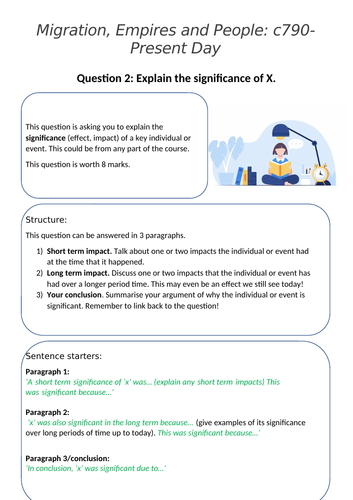The Humanities Shop
Welcome to my humanities teaching resources shop, where I provide educators with the tools they need to inspire and engage their students in the exploration of history, Geography and Philosophy. My store is a one-stop-shop for high-quality, affordable resources that are designed to help teachers bring the joys of humanities into the classroom.





















